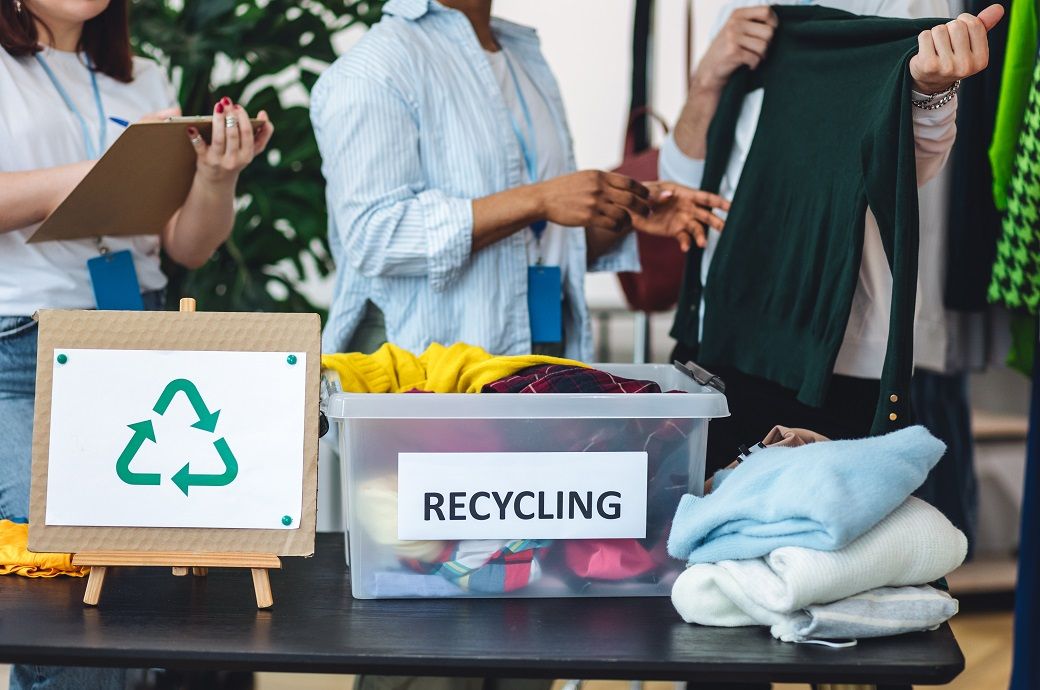
Reaching a modest 10 per cent textile-to-textile recycling rate by 2035 could cut CO2 emissions by 440,000 tonnes annually and reduce water scarcity impacts by over 3 per cent—or 8.8 billion m³ world equivalent, according to findings from the IVL Swedish Environmental Research Institute.
Despite rising concerns over fast fashion’s sustainability, global textile-to-textile recycling remains critically low—at only around 1 per cent. However, advanced recycling technologies could lift that rate to 26 per cent by 2030.
The research, which examined five key recycling processes and used Monte Carlo modelling, showed a 92 per cent probability of reducing climate impacts and a nearly 100 per cent chance of bringing water scarcity improvements. The average reduction in climate impact of the new approach, compared to ‘business as usual’, was 0.5 per cent.
With the EU aiming to make all textiles placed on the market durable, repairable, and recyclable by 2030 under its Sustainable and Circular Textiles Strategy, the study underscores the need for policy support to scale fibre-to-fibre recycling. This includes improvements in textile collection and sorting, quality of recycled fibres, and mechanisms such as taxes on virgin materials to shift industry norms.
Researchers emphasise that while recycling must increase, the processes themselves also require enhanced efficiency to ensure that recycled fibres can effectively replace virgin counterparts. The findings add weight to calls for coordinated EU action under frameworks like the Energy Efficiency Directive and Circular Economy Action Plan.
ALCHEMPro News Desk (HU)
Receive daily prices and market insights straight to your inbox. Subscribe to AlchemPro Weekly!